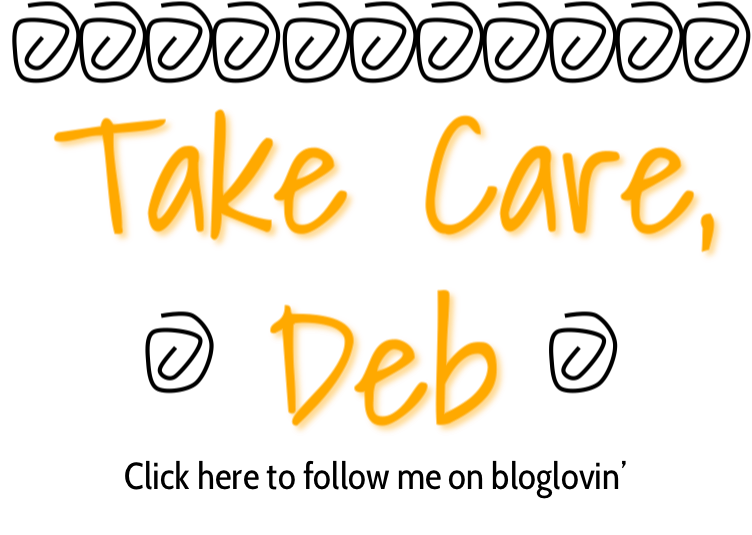
I'm really enjoying Think about it Thursday! It lets me tap into my philosophical side. :) This week I'm sharing some things I've used to increase time on task. This is another very challenging aspect of teaching that we all work on every year. I'm sharing some things I've found helpful, and I hope you'll share some of your own strategies in the comments. We all need to have as many tricks as we can!
As with most things in education: to promote student engagement, model, model, model. Several times a year my writing lesson consists of my students sitting on the carpet watching me write for a few minutes. Afterward, we discuss what they noticed. How did they know I was engaged in writing? What were my eyes doing? What were my hands doing? Where were my feet? What sounds did they hear? I also have students model engaged learning for each other, and we make more observations.
When students are talking about the topic they are learning, you know they are engaged. I like to have students discuss things with their partners or at their tables. Sometimes it's helpful to have them write down what they are going to share before they get the chance to talk.
Another way to keep students engaged is with choral responses to questions.
Writing across the curriculum has been a major goal in my district. When I have a really good question, having students write their answers ensures that no one gets to avoid thinking!
Making sure your literacy centers all have a written component also helps keep students engaged and accountable.
Obviously we are always monitoring our students! I like to monitor specifically for engagement. Sometimes we stop working to do a quick self-check for engagement. If they are engaged, they give them selves a pat on the back and continue. If not, they fix it! Sometimes I will stop whatever I'm doing and count to see how many students are directly engaged. I check for where their pencil is or where their eyes are. Or whether or not they are seated with a book in front of them. Doing things like searching for a pencil, choosing a new book, or holding a pencil in the air do not count! I tell the students how many I saw doing whatever I was checking for, then I try to motivate them with a goal/reward for the next time. When you really start to try to catch them directly with eyes on text or pencil on the paper, you start to learn a lot about who is really engaged, and who is just good at pretending to be engaged!
Surprise is your friend! Sometimes I'll tell my students that throughout the day, I'll be checking to see if they are watching me by using 2 signals. The first signal is something like pulling on my ears. The second signal is something like touching my nose, patting my head, then touching my nose again. When they see the signal, they have to raise their hand and tell me correctly which signal they saw.
If you want to make it easier, you can just hold up a number of fingers spontaneously, then ask how many fingers you held up and give a little reward or cheer if they get it right. You can ask for hands or draw sticks for this.
Most of us have craft sticks with student names or numbers on them. Increasing your use of these can improve student engagement. I find this method to be the most effective when I replace the sticks immediately after calling on a student. Sometimes I grab the same one twice in a row, and that lets everyone know they need to be thinking every single time! After someone gives an answer, I might even pull a second stick and ask the a question about the answer we just heard--just a what did so-and-so say? or do you agree or disagree with so-and-so and why?
Best of luck keeping everyone learning when we all have spring fever!







No comments:
Post a Comment
Please tell me what this post made you think about! I love to hear from readers, and I always try to respond.